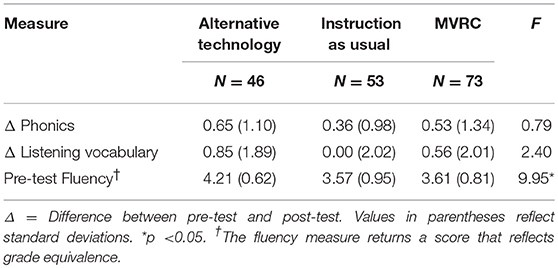Appendix B summarizes recommended instruments and fundamental information about each one: purpose, content, administration, time required for completion, training needed by the assessor, how the instrument can be obtained, its cost, and persons to contact for further guidance. Some of the instrument summaries are updates of those that appeared in the original TIP 3, and others are new. Occupational Injury and Illness Classification Manual 12/92 1.0 Introduction to the Occupational Injury and Illness Classification Manual The Occupational Injury and Illness Classification Manual (OI&ICM) provides a classification system for use in coding the case characteristics of injuries and illnesses in.
...A couple of years ago we reviewed our Severity Occurence Detection Ranking.
A broad difference existed in using scales of 1 to 10.
As a improvement the scales were refined to 1 to 5.
Thus I have a Max RPN of 125.
This has worked fine and provides good repeatability of classification for different users and team members...
Out of curiosity and because it isn't clear from your initial post, are your criteria equivalent to the full range of the ratings suggested in the FMEA manual? Or do your criteria not use the full range, on the basis that your products would never use the higher values?A broad difference existed in using scales of 1 to 10.
As a improvement the scales were refined to 1 to 5.
Thus I have a Max RPN of 125.
This has worked fine and provides good repeatability of classification for different users and team members...

Re-worded: Are your '5' ratings the same description as '10' in the FMEA manual or are your '5' ratings the same as the '5' in the manual?
